Many of us have contemplated the choice to get a new piercing. Flipping through a magazine, we may have noticed how good that belly button piercing looked on the girl in the sunscreen ad, or wondered if an eyebrow piercing would make us look the perfect amount of edgy. Piercings are a great way to express ourselves without actually making a lifelong commitment. You can always take them out later, right? What a lot of people don’t talk about are the scars that piercings can cause and what to do about them. For some of us, the scars are worth it. But if you’re considering a new piercing, or need advice on what to do with your brand new keloid scar, here’s everything you need to know.
Keloid vs. Hypertrophic Scars
When the skin is injured, the healing process begins immediately. There is excessive water loss at the injury site so skin has a chance to repair itself. This water loss triggers collagen production which accumulates in the skin. This accumulation causes raised scarring which ultimately results in the formation of a scar.
There are several different types of scars that can form on the body, two of them being keloid and hypertrophic scars. Keloid and hypertrophic scars are typically thick, raised masses of collagen at a site where the skin has been injured. These scars are usually lumpy and larger than the wound they are healing and frequently occur when piercings close up improperly.
Although they have similarities, keloid and hypertrophic scars are not exactly the same. They both have excess collagen, but they act differently. Hypertrophic scars form shortly after an injury, but keloids may not form for months after. A second difference is in the collagen fiber formation. With keloid scars, the collagen fiber spreads to nearby healthy tissue but with hypertrophic scars, the collagen fiber stays within the original boundary of the injury.
How Piercings Cause Scars
The piercing might become infected as a result of using unsterilized piercing equipment. Refrain from touching the piercing with unwashed hands so that you don't expose it to extra germs or bacteria. Additionally, don't forget to maintain proper care of the piercing after you get home. If a piercing is changed before it has time to properly heal or if you are using inexpensive jewelry, you are also at risk for developing a scar. Don’t forget that the location of the piercing may affect how likely it is to leave a scar afterwards.
What To Do If You Develop a Scar
Usually, scars will fade with time to some degree if given a chance to properly heal. However, if you want faster results to help get rid of old scars, or aren’t satisfied with the appearance of your scar, there are scar management products available. We recommend using these products with silicone because silicone is considered the gold star ingredient for the treatment of scars on all skin types. Rejuvaskin® products work on all skin types and types of scars, hypertrophic and keloid scars included. We have positive testimonials for scars up to 16 years of age.
The use of Scar Fx® Silicone Scar Sheets or scar gel works because it helps reduce the appearance of scars by stopping water loss and reducing the formation of collagen. This can result in a softer, flatter scar and helps protect against bacteria.
Still want to get that piercing? Go for it! Life is short. Just don’t forget to do your research and allow plenty of healing time afterwards along with maintaining proper hygiene habits. There’s no guarantee that your piercing will or will not result in a scar. Fortunately, being properly informed and prepared can make a big difference!
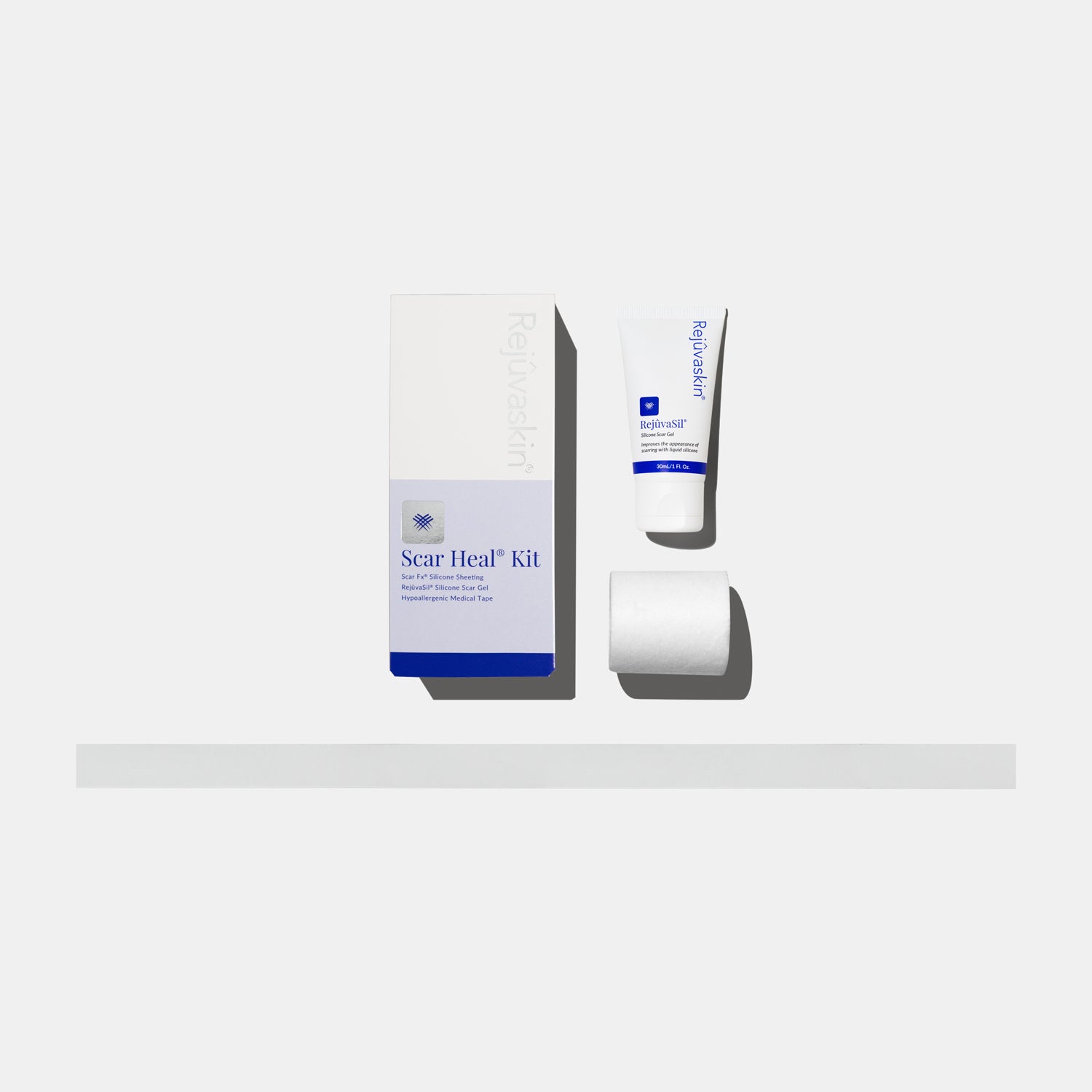


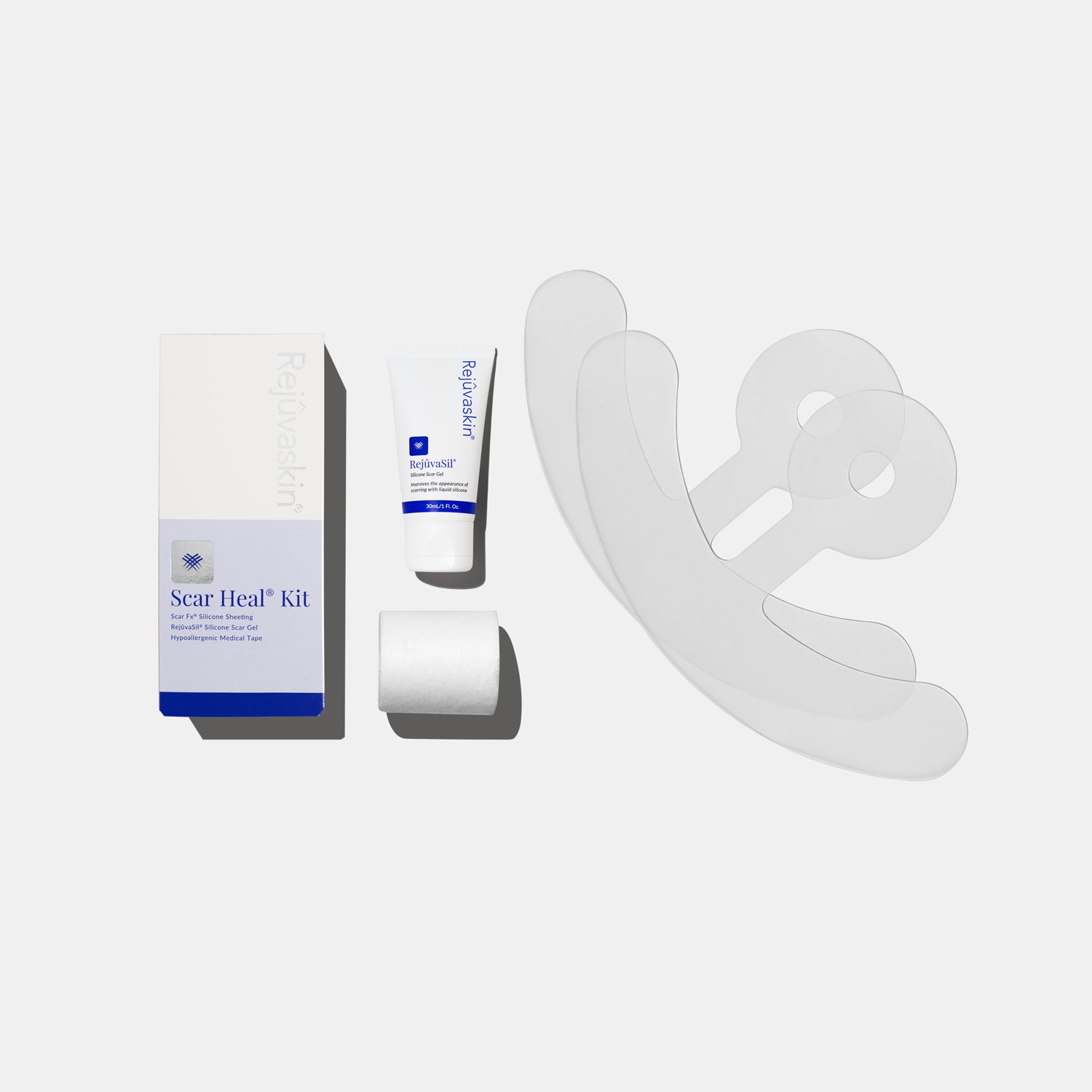
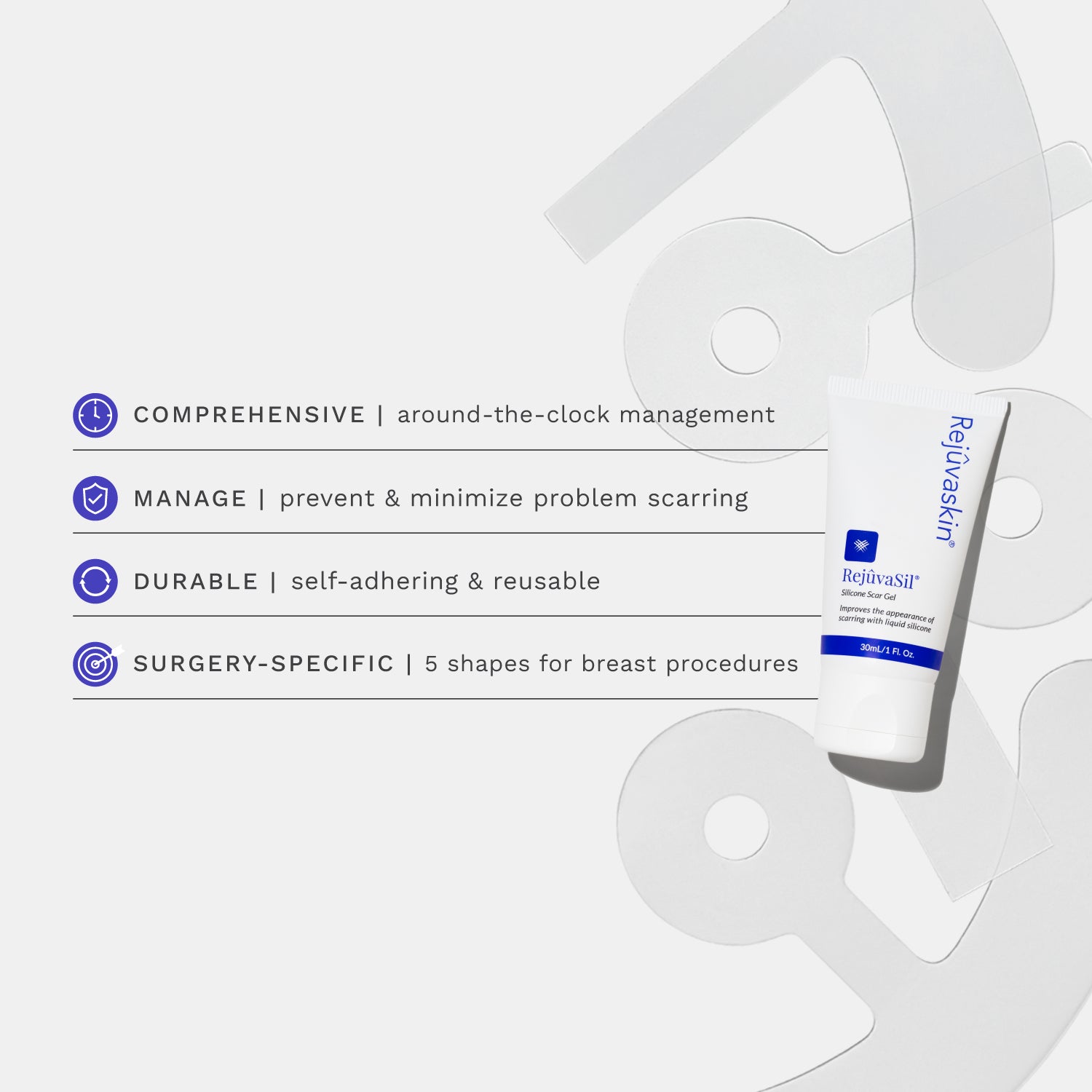
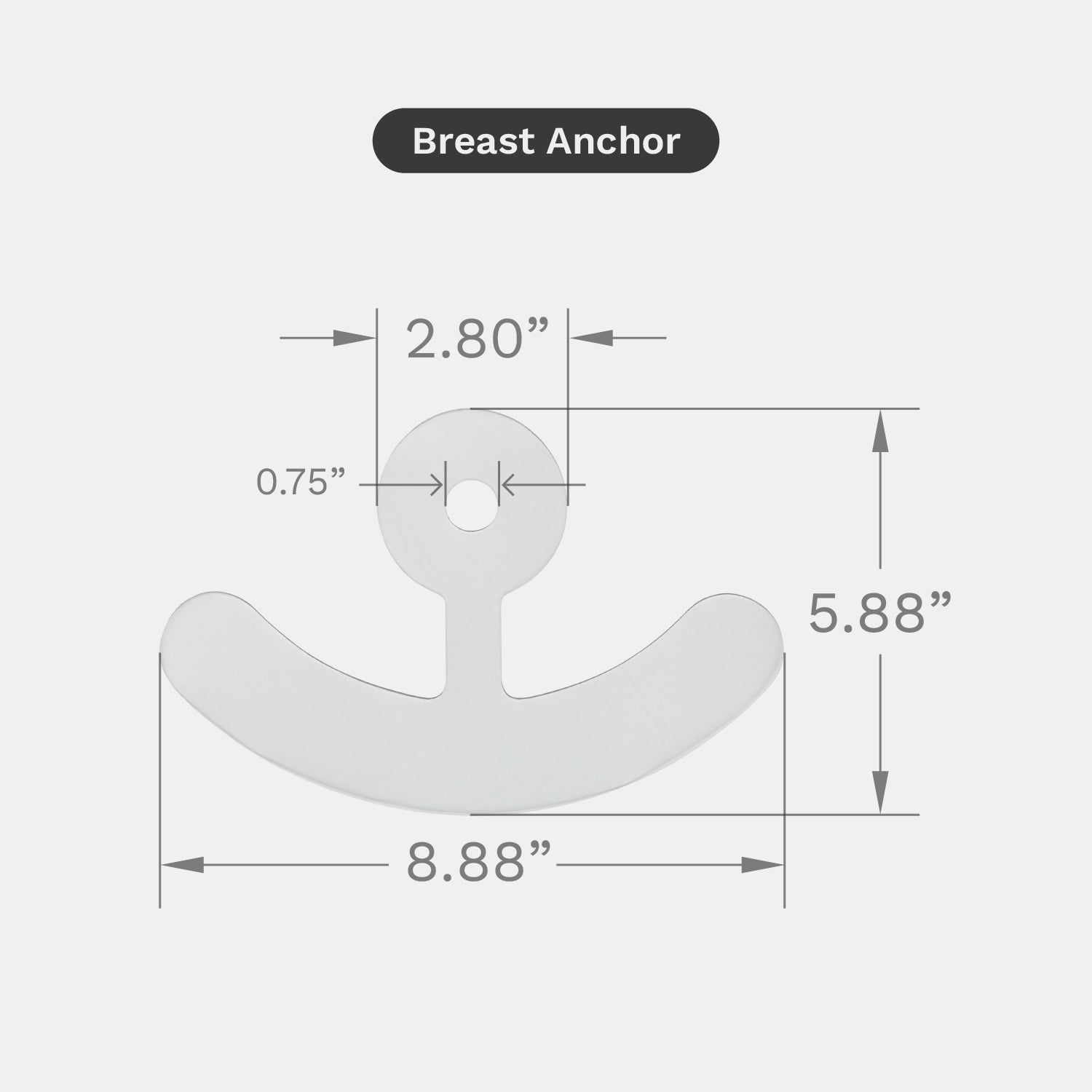
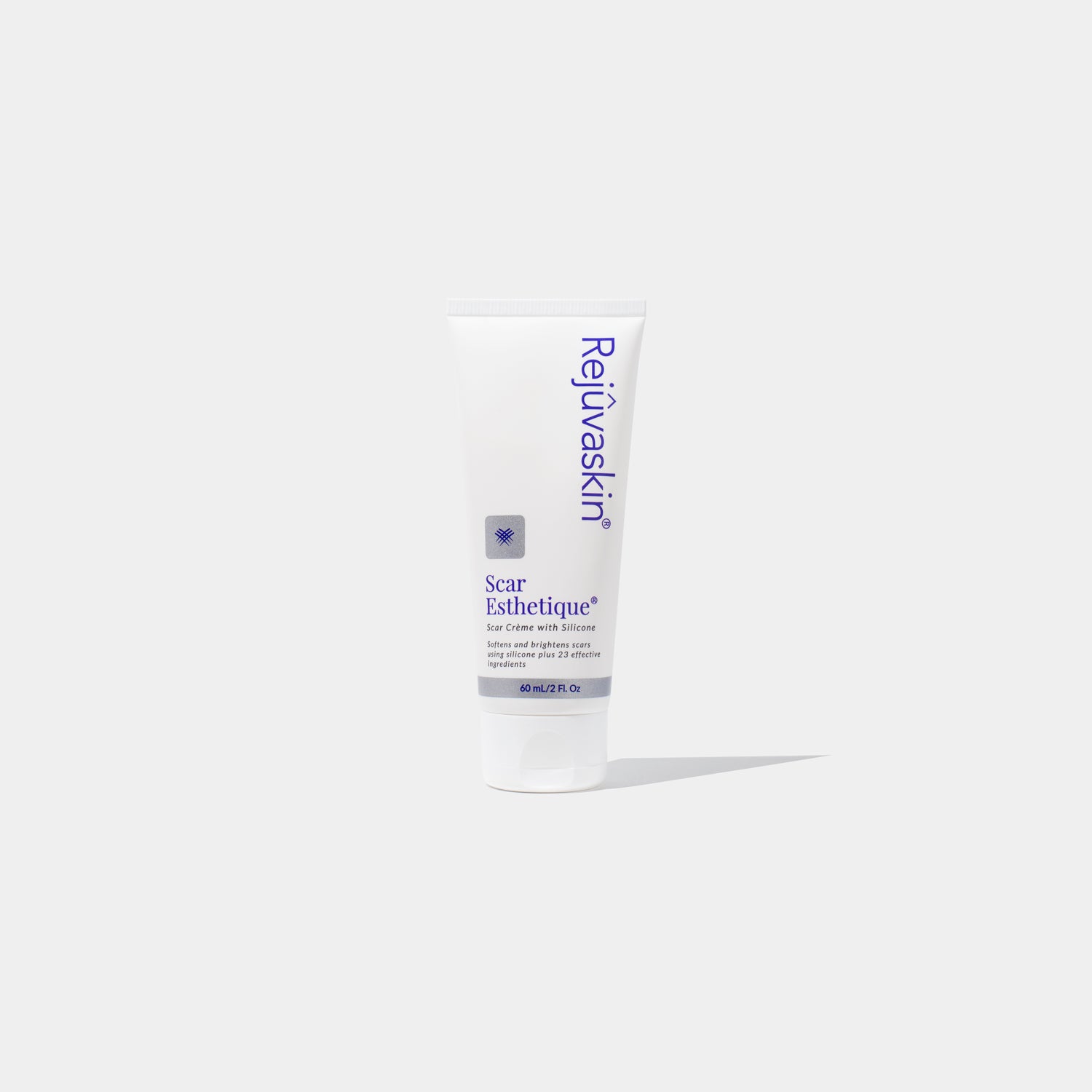
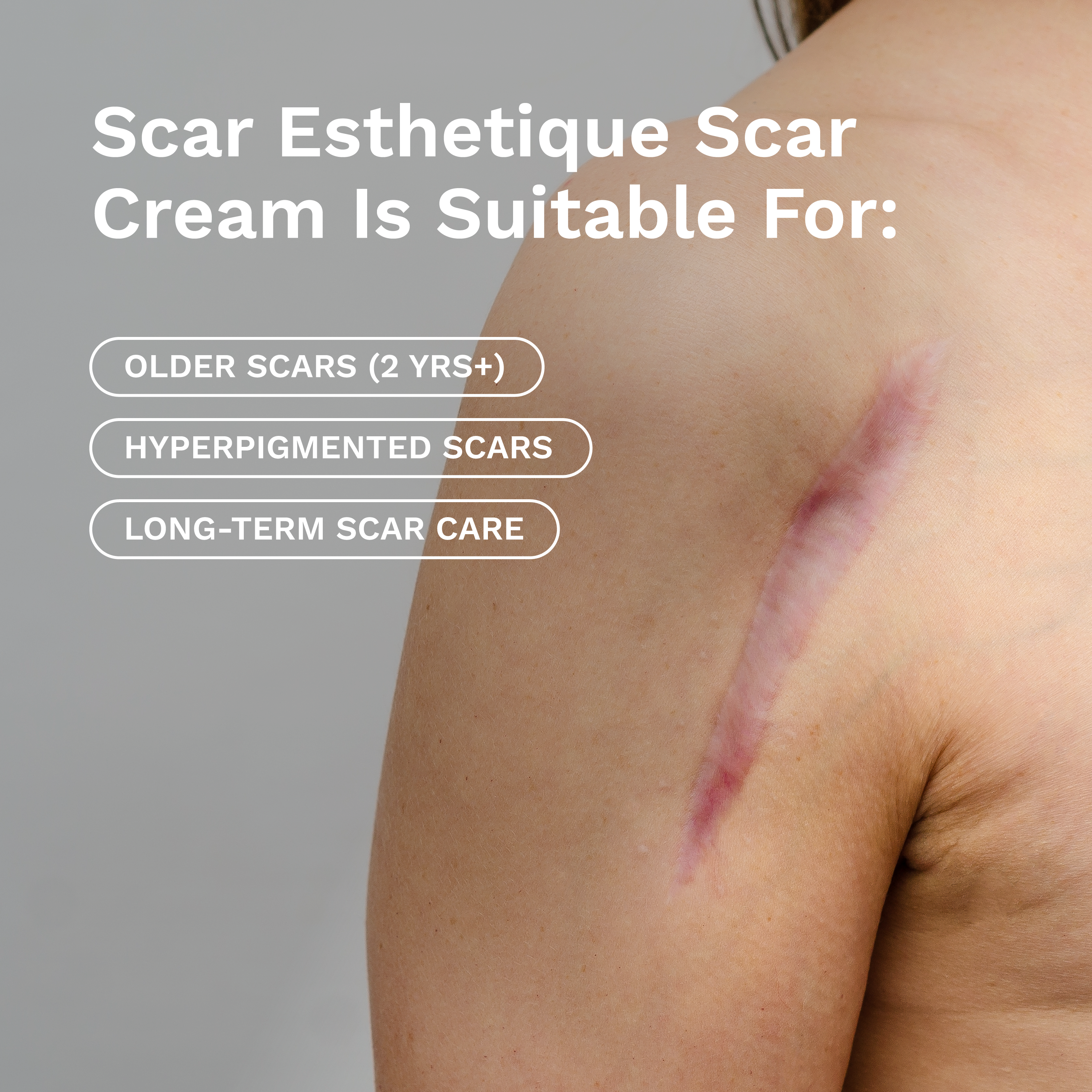








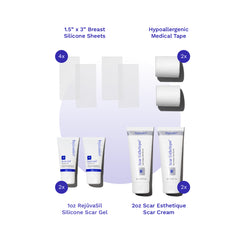
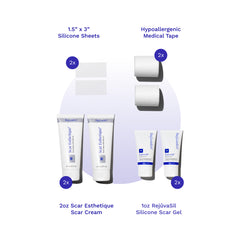

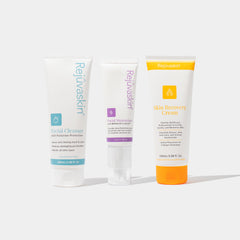
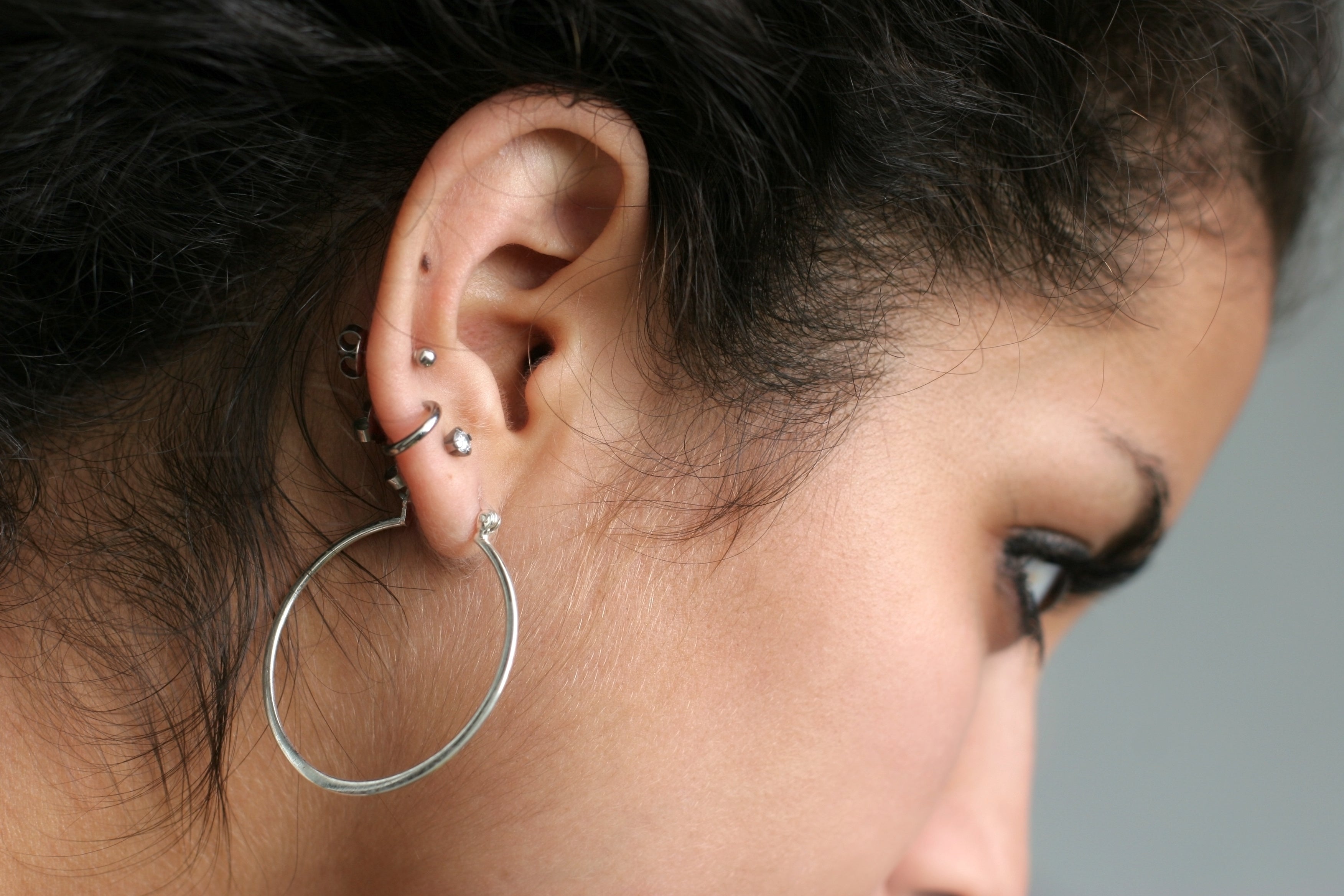
Leave a comment